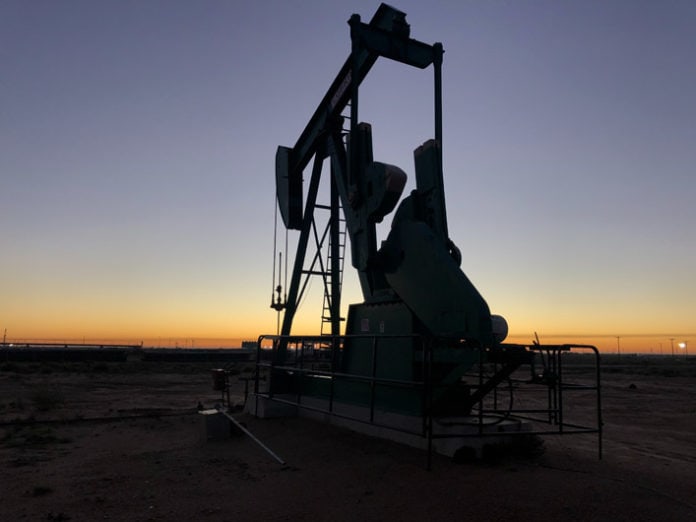American Petroleum Institute (API) gravity is used to demonstrate how the density of crude oil compares to the density of water.
The API gravity of oil can be calculated by using the equation below:
API Gravity = (141.5/SG) -131.5
SG= 141.5/ (API Gravity + 131.5)
Specific Gravity (SG) = density of oil/density of water (SG of water is 1 and API of water is 10)
So if the oil for example has an API gravity of 40 then its specific gravity will be 141.5/ (40+131.5) =0.825
To convert the specific gravity of oil to the density you just need to multiply it by 1000 kg/m3 (density of water).
This means that 40 API oil has a density of around 825 kg/m3.
The tool used in a lab to measure the specific gravity of fluids like oil is called a hydrometer.
Usually, crude oil is divided into 3 main categories depending on its API gravity:
- Light Oil – API > 31
- Medium Oil – API between 22 and 31
- Heavy Oil – API < 22
For example, Brent crude oil has an API gravity of 38 and WTI has an API of 40.
This means that WTI is slightly lighter than Brent. However, both Brent and WTI fall into the light oil category.
Related: What Is the Difference Between Brent And WTI Crude Oil?
Western Canadian Select (WCS) crude oil on the other hand has an API gravity of 20 and falls into the heavy oil category.
Usually, crude oil with higher API (lower density) is priced higher than lower API crude because it requires less processing to produce fuels like gasoline or diesel.
Read next: Composition of Crude Oil
References:
https://www.sizes.com/units/hydrometer_api.htm
